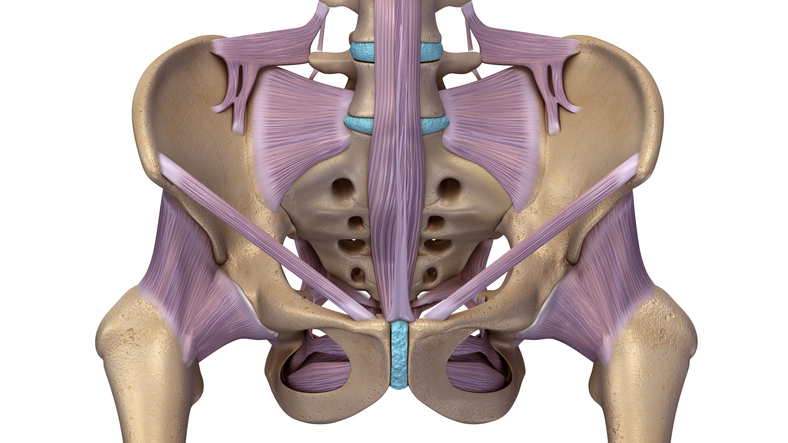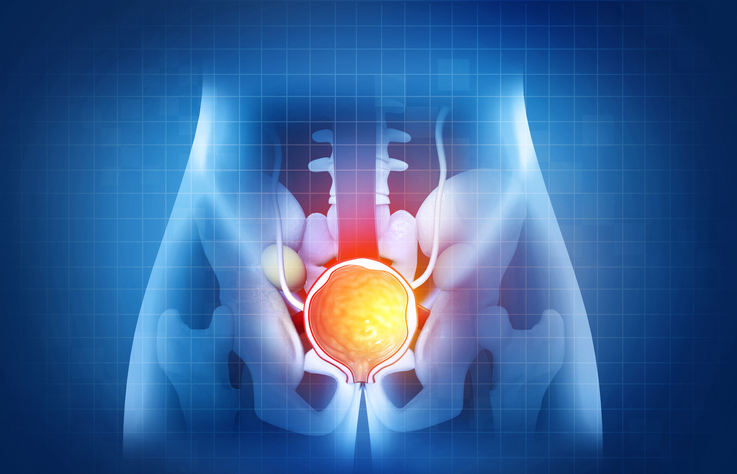
A high percentage of women with interstitial cystitis or bladder pain syndrome (IC/BPS) experience pelvic floor muscle pain (PFMP). A study out of Taiwan aimed to investigate the extent and severity of PFMP in women with IC and BPS. The results were published in World Journal of Urology.
The researchers assessed demographics, sexual condition, IC symptom index (ICSI), IC problem index (ICPI), and Beck anxiety inventory and depression inventory. The objective assessment items included bladder wall thickness in CT, urodynamic parameters, maximum bladder capacity (MBC) and glomerulation grade after cystoscopic hydrodistention, urine inflammatory proteins, and oxidative stress biomarkers.
Nine women with IC and 83 women with BPS were enrolled in the study. A total of 85.8% of participants had PFMP. Compared with patients without PFMP, those with PFMP had higher rates of dyspareunia (P=.005), lack of sexual activity (P<.001), more comorbidities (P=.039), pain-predominant IC/BPS phenotypes (P=.04), higher IC symptoms (ICSI, P=.003; ICPI, P<.001), and higher levels of urinary biomarker MIP-1β (P=.004). However, no significant correlation was found between PFMP and the bladder wall thickness, urodynamic parameters, MBC, or glomerulation grade.
“PFMP is present in a high percentage of patients with IC and BPS and associated with higher IC/BPS symptom score and dyspareunia, but not with MBC or glomerulation grade in patients with BPS,” the researchers concluded.







 © 2025 Mashup Media, LLC, a Formedics Property. All Rights Reserved.
© 2025 Mashup Media, LLC, a Formedics Property. All Rights Reserved.